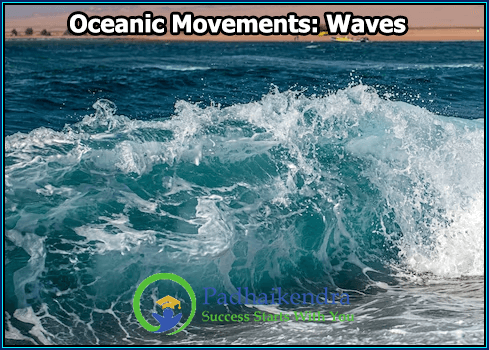Waves are caused by the movement of wind over the surface of the ocean. They are a type of energy that travels through the water, and their size and shape depend on factors such as wind speed, duration, and distance over which the wind has blown. Waves can have a significant impact on coastal regions, including erosion and flooding.
Waves can be classified based on their size and how they are generated:
- Wind waves: These are the most common type of waves and are caused by the wind blowing over the surface of the ocean. They can range in size from small ripples to large swells, and their height and shape depend on the strength and duration of the wind.
- Tsunamis: Tsunamis are large, powerful waves that are typically caused by underwater earthquakes, landslides, or volcanic eruptions. Unlike wind waves, which are generated by the wind, tsunamis are generated by the displacement of large volumes of water.
- Seiche waves: Seiche waves are standing waves that oscillate back and forth in an enclosed body of water, such as a bay or harbor. They are caused by a combination of factors, including wind, tides, and changes in water level.
Waves can have a significant impact on coastal regions, including erosion and flooding. They are also important for a variety of recreational activities such as surfing, sailing, and swimming. Understanding the characteristics and behavior of waves is important for managing coastal resources and protecting human lives and property.





